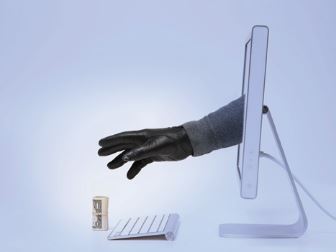
What will Loss Prevention look like in 25 Years?
 By: Adam Creamer, Agilence Inc.
By: Adam Creamer, Agilence Inc.
Last week
I made a few predictions about the future of retail by analyzing current
technologies and trends. For this week's post I'm taking some of those
predictions and looking at their impact on loss prevention. Just like anything
else in this world, loss prevention is bound to change and adapt over the next
25 years.
Shoplifting is replaced by Digital Fraud
My first prediction for the future of retail loss prevention is a bold one, and
it is that shoplifting will become a thing of the past. I'm willing to bet that
I have already lost some people reading this because of that one statement, but
for those of you still reading hear me out. I've already made the prediction
that brick-and-mortar stores will make the transition into showrooms over the
next 25 years, and if you take all of the precautions to secure the items in
your showrooms then there is nothing left to steal for the folks with sticky
fingers. On top of this, there are already technologies coming to the forefront
that reduce the risk of physical theft and fraud. In place of shoplifting,
digital fraud will become the new top source of external shrink. As a loss
prevention professional you will need to focus much more of your time protecting
your digital assets, rather than your physical ones. People may no longer be
able to walk into your stores and take something, but that doesn't mean they
can't go on your website and do something they aren't supposed to.
Internal Fraud is Still a Big Issue
Depending on who you ask, losses caused by internal theft and fraud currently
account for about 42-46 percent of all losses in retail. Some may argue that the
development of new technologies over the next couple of decades will help this
number dip to historical lows. However, I'm in the camp that thinks internal
shrink will remain at their current levels, if not get worse 25 years from now.
My main thinking behind this is that employees will still be involved in the
transaction process...to an extent. Their role will become more like present day
self-checkout attendants, overseeing the transactions that take place at
self-service kiosks and digital storefronts. While employees may no longer be
directly involved in the transaction process they can still void items, key in
incorrect items, and perform other forms of fraud from their "oversight"
position. On top of this you will have a large number of employees switch to
warehouse and distribution settings, which could significantly increase the risk
of internal theft.
Read more here.